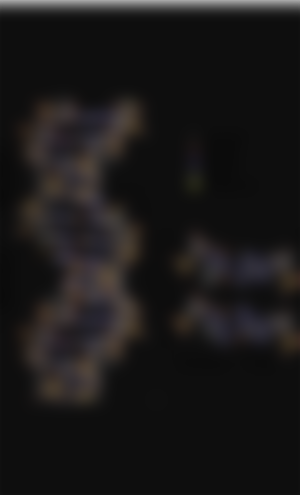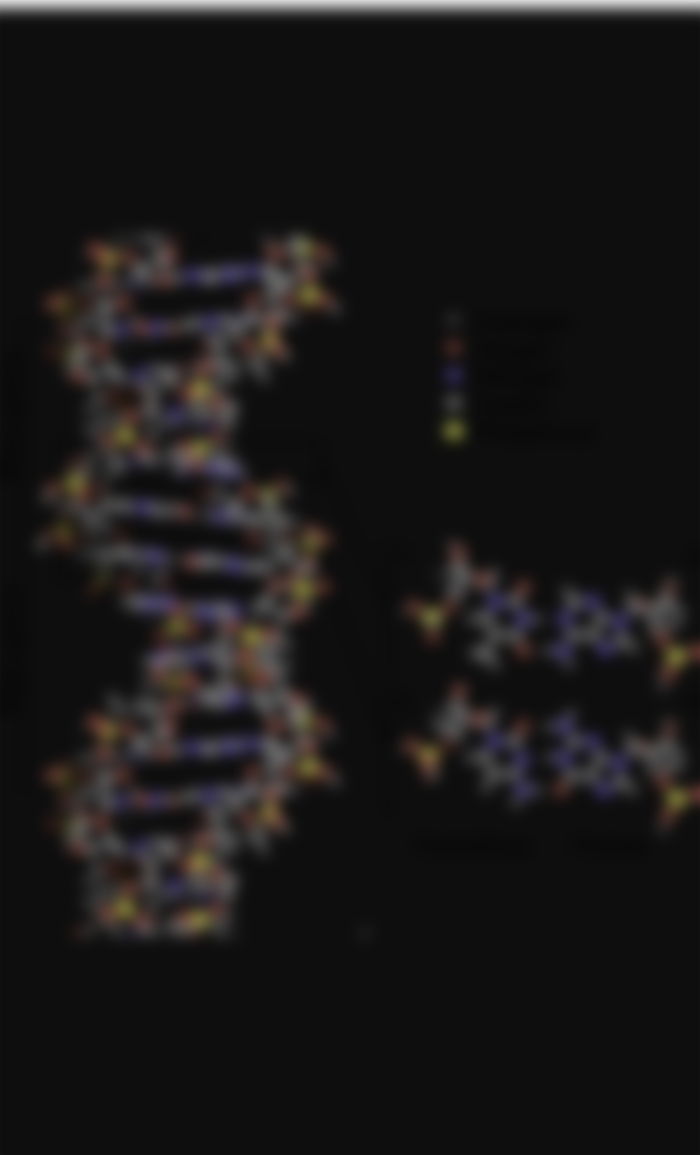IN the year 1953,a double helix structure of DNA was discovered. This filamentous substance, found primarily in the cell nucleus, contains encoded or "written" information, which brings libraries of cells to life, so to speak. This astonishing discovery opened a new era in biology! But what is the point of "writing" in cells?

BECAUSE CELLS NEED INFORMATION
Have you ever wondered how a seed becomes a tree or how a fertilized egg becomes human? Have you ever wondered how you inherited your characteristics? Answers refer to information found in DNA.
DNA molecule, similar to a long twisted ladder with steps
Almost all cells have DNA, complex molecules that look like long, intertwined scales. In the human genome, or in all of our DNA, scales have about three billion chemical "steps". Scientists call these steps base pairs because each step is made up of two chemicals, four of which in total. Using the first letter of each, these substances are abbreviated A, C, G and T, a simple four letter alphabet, so to speak. Crick proposed that it was the linear sequence of chemical steps that formed the coded instructions. In the 1960s, this code began to be understood.
Information, in the form of images, sounds or words, can be stored and processed in various ways. Computers, for example, do everything digitally. Living cells store and process information chemically, with DNA being the key compound. DNA is passed on as cells divide and organisms reproduce, skills considered to be defining characteristics of life.
How do cells use information? Think of DNA as a collection of recipes, each of which involves step-by-step processes, with each step carefully planned in precise terms. But instead of the end result being a cake or a cookie, it can be a cabbage or a cow. In living cells, of course, the processes are fully automated, adding an extra layer of complexity and sophistication.
Genetic information is stored until it is needed, perhaps to replace worn out or diseased cells with new, healthy cells or to pass the traits on to offspring. How much information does DNA contain? Consider one of the smallest organisms, bacteria.Transported into the realm of human language, the molecular text that describes the construction of a bacterial cell would be the size of a thousand-page book. Some are surprised at the complexity of the simpler lifestyle.How does a human genome compare? It would fill a library of several thousand volumes.

plz subscribe back